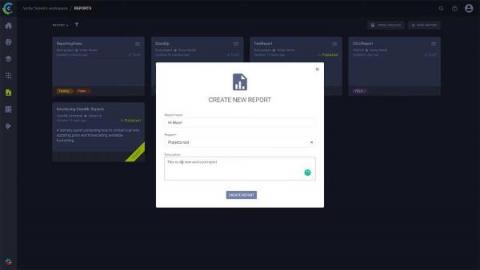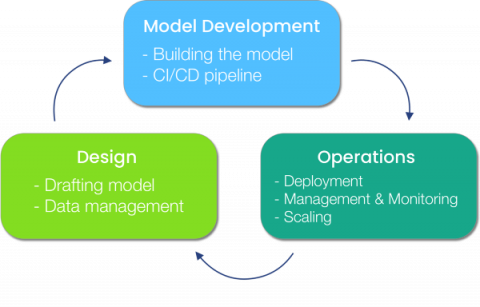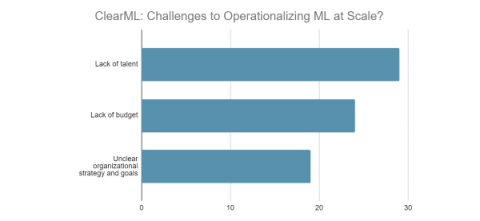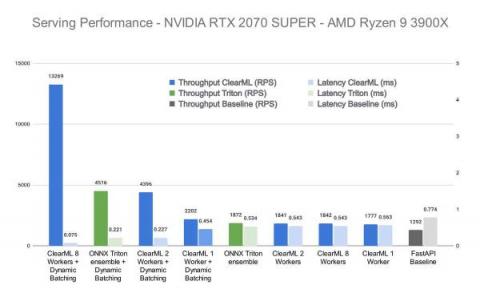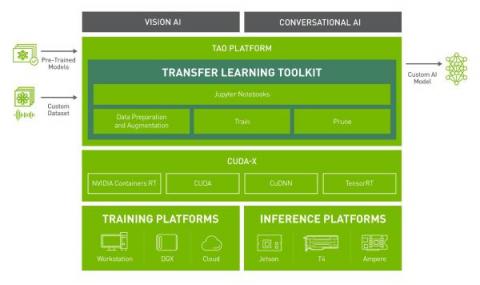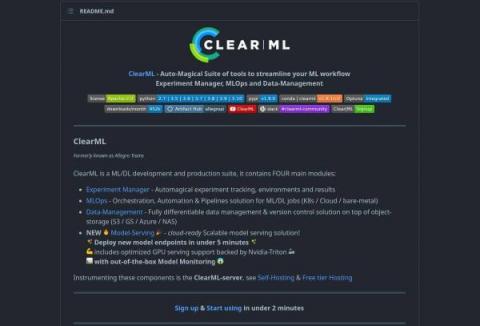Introducing ClearML Reports
By Victor Sonck, Developer Advocate at ClearML Reporting your findings to colleagues, managers, or even your future self is a core component of any modern ML workflow. Having one central place where you can easily build a summary of your work makes it that much easier. That’s where ClearML Reports come in.


